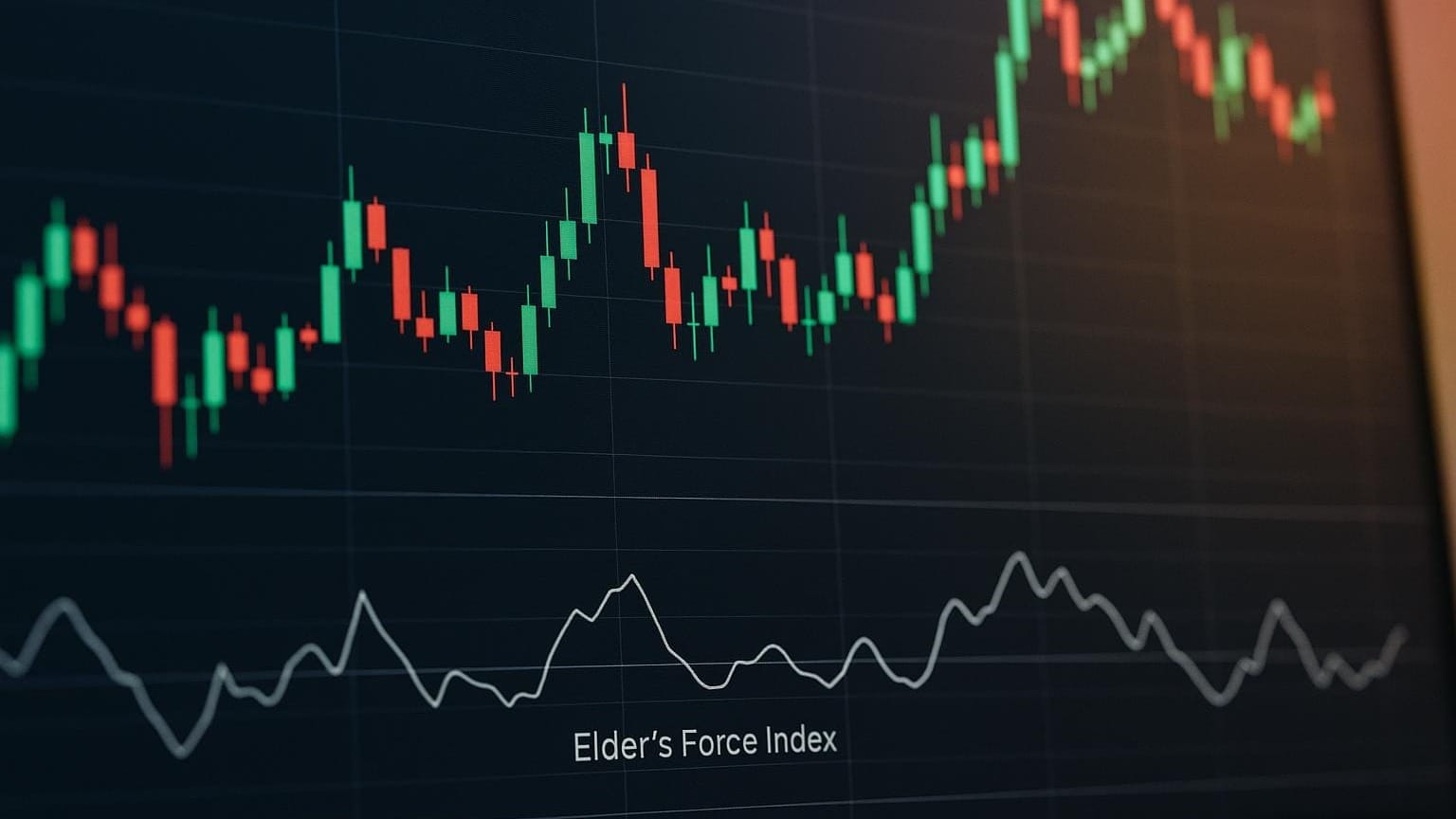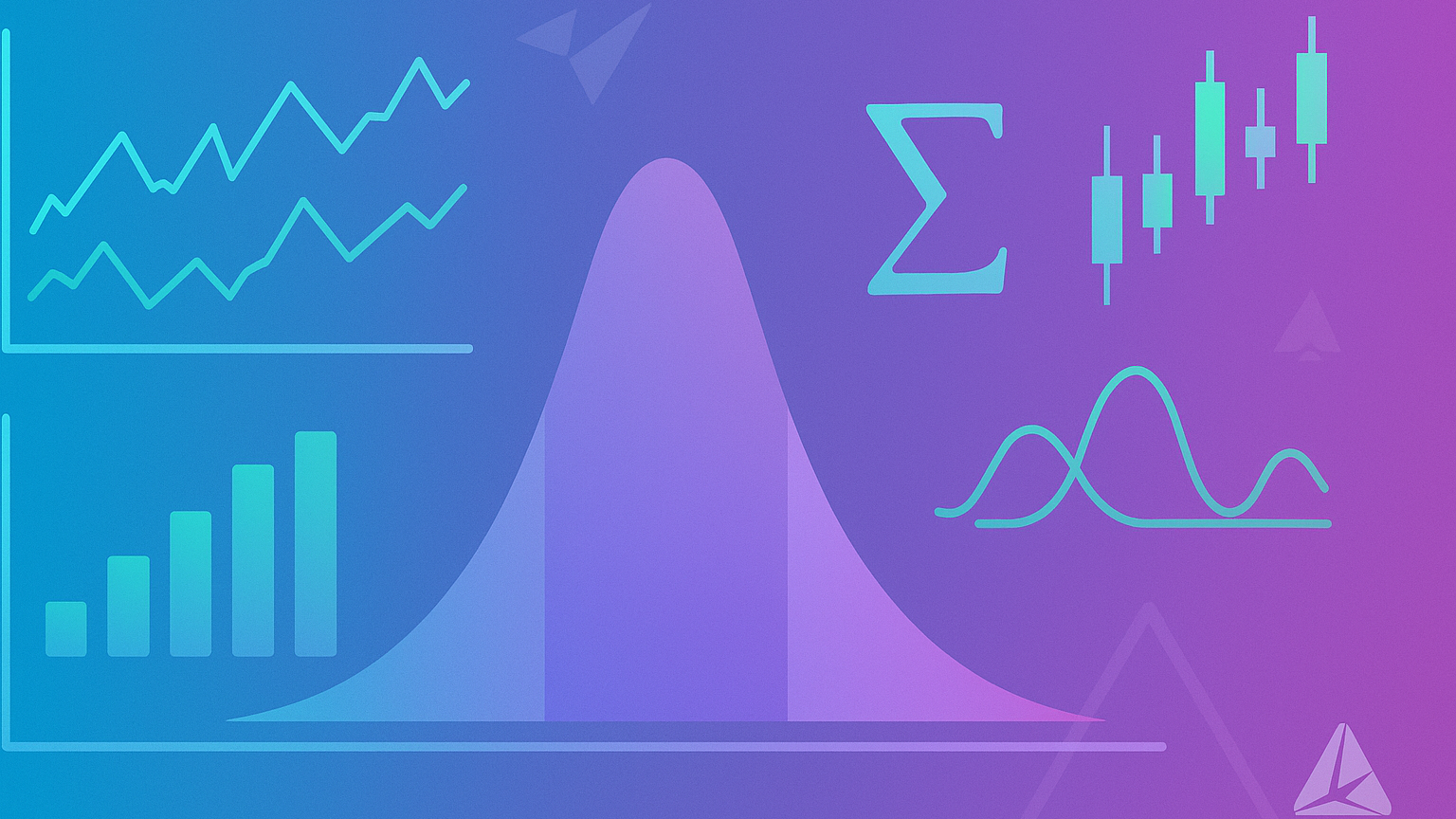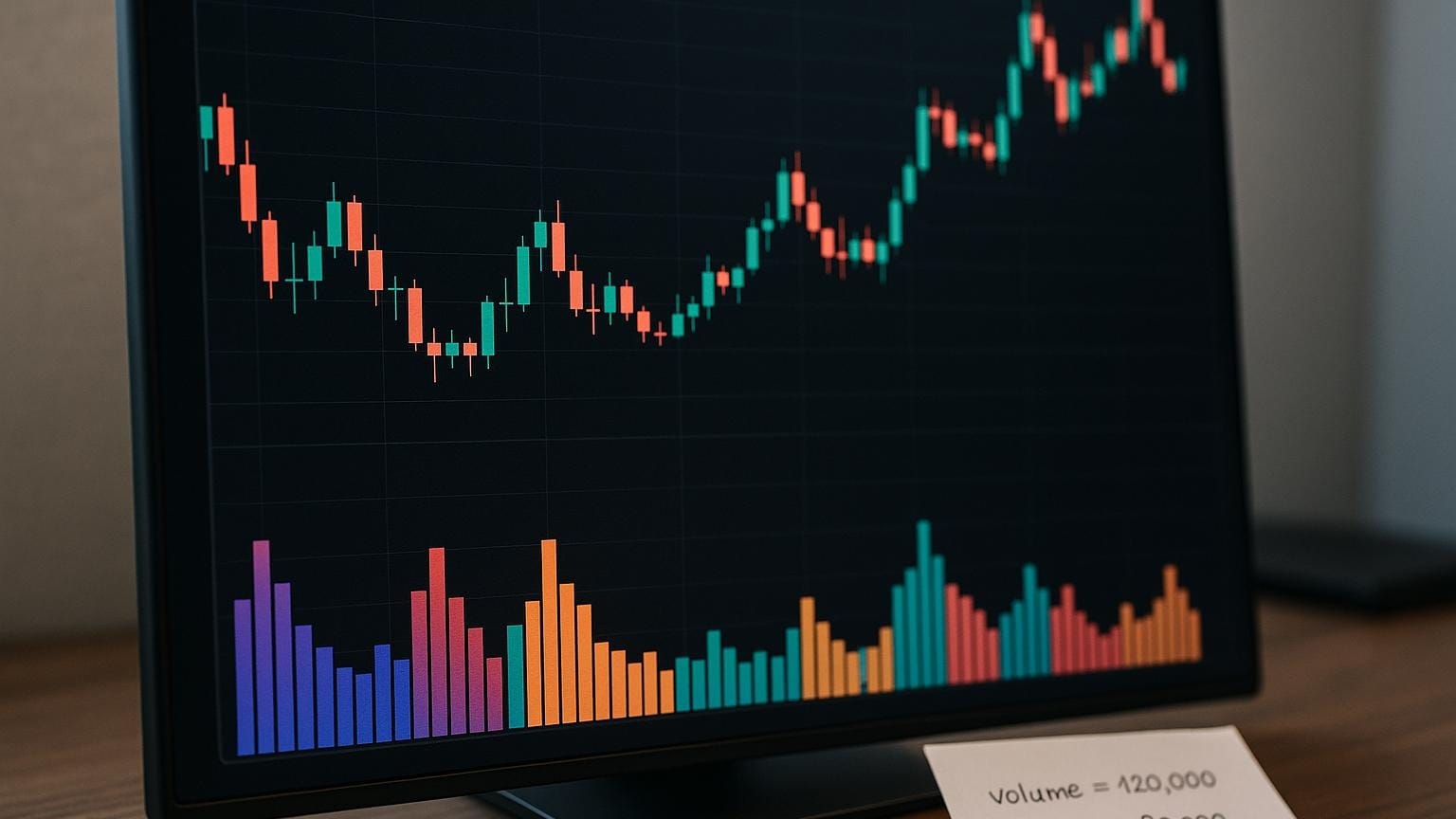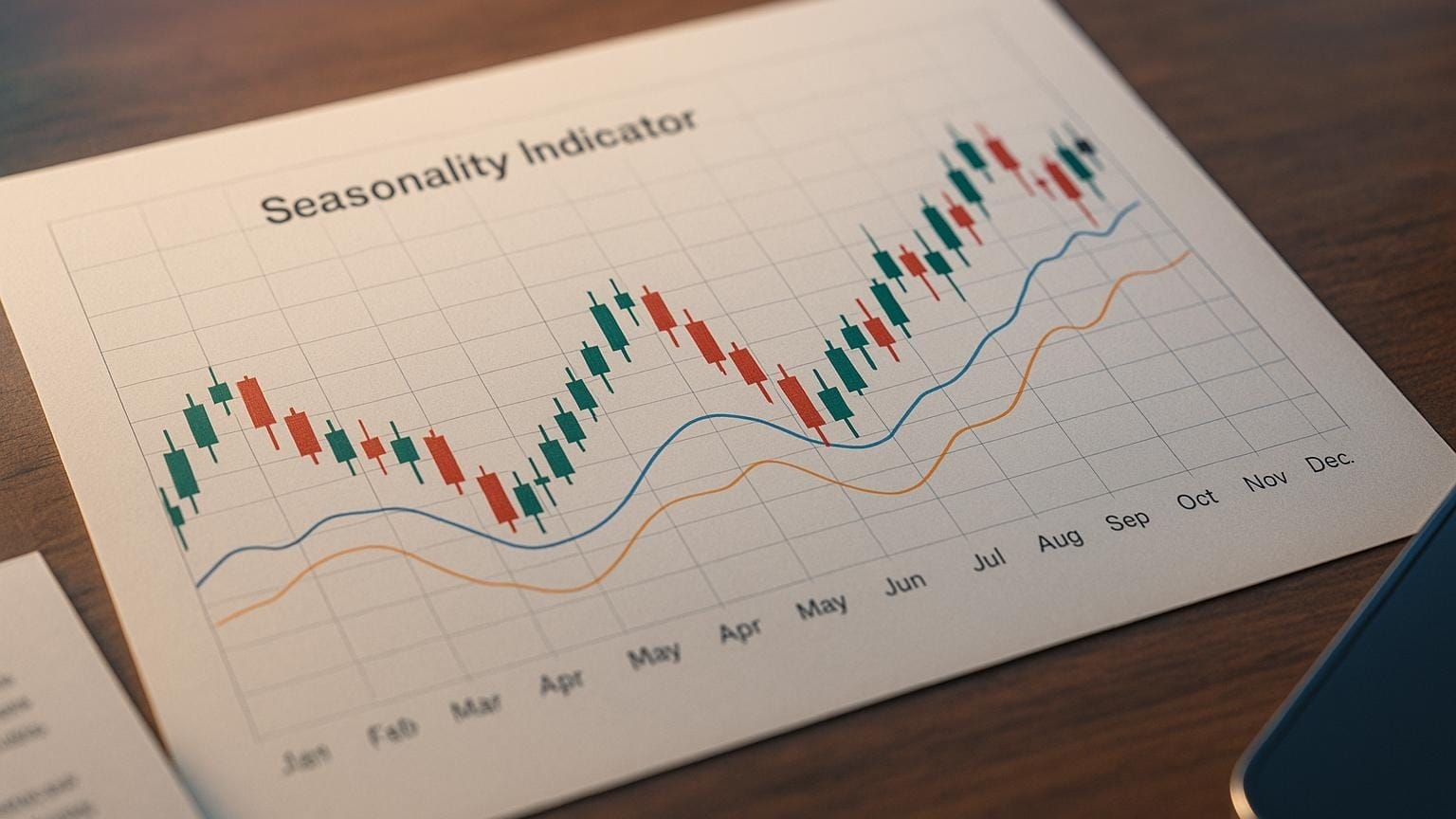Explore how multi-timeframe stochastic analysis can enhance trading strategies by identifying overbought and oversold market conditions.
The Stochastic Oscillator helps traders spot market reversals by identifying overbought (above 80) and oversold (below 20) conditions. Using multiple timeframes enhances accuracy by aligning short-term signals with broader trends. Here’s what you need to know:
- Key Features: Tracks price momentum using %K (fast line) and %D (slow line).
- Why Multi-Timeframe?: Combines daily charts for trends, 4-hour charts for momentum, and 1-hour charts for precise entries/exits.
- Markets: Works for stocks, crypto, and forex with tailored settings (e.g., shorter periods for volatile markets like crypto).
- Best Practices: Confirm signals with price action, watch for divergences, and avoid ignoring higher timeframes.
Learn how to apply these strategies effectively and avoid common mistakes in the full article.
Understanding Overbought and Oversold Levels
Defining Overbought and Oversold
When the stochastic reading rises above 80, it suggests the market is overbought, meaning the price is near its recent highs. On the other hand, a reading below 20 indicates oversold conditions, where the price is near its recent lows. These levels become more insightful when analyzed across different timeframes to confirm potential trends or reversals.
| Market Condition | Stochastic Reading | Primary Indication |
|---|---|---|
| Overbought | Above 80 | Price near period high |
| Oversold | Below 20 | Price near period low |
Recognizing these thresholds is just the beginning. The real value comes from applying them to actual market scenarios.

Interpreting Overbought Conditions
In strong upward trends, overbought conditions can persist. For example, during Tesla’s rally in 2020, the stock remained in overbought territory while continuing to climb. To better time entries and exits, traders should analyze overbought signals across both short and long timeframes.

- Confirm with Price Action: Look for bearish candlestick patterns or resistance levels that support the signal.
- Use Multiple Timeframes: Check if the overbought signal aligns across different time horizons.
- Watch for Divergences: Be cautious when the price makes higher highs, but the oscillator shows lower highs.
Interpreting Oversold Conditions
Oversold signals require careful evaluation, especially during strong downward trends. To interpret these signals effectively, consider the broader market context, watch for volume spikes during price bounces, and ensure alignment across multiple timeframes.
In highly volatile markets, like cryptocurrencies, adjusting the indicator’s period settings can improve accuracy. By tweaking the lookback period, traders can make the indicator more or less sensitive to match changing market dynamics.
Once you understand overbought and oversold signals, the next step is applying them across different timeframes to develop actionable trading strategies.
Implementing Multi-Timeframe Stochastic Strategies
Using Stochastic Across Timeframes
To effectively use stochastic indicators, combine different timeframes in a structured way. This approach helps align broader market trends with precise trade entries:
| Timeframe Level | Purpose | Primary Focus |
|---|---|---|
| Higher (Daily/Weekly) | Identify Trend | Overall market direction |
| Medium (4H/1H) | Confirm Momentum | Assess trend strength |
| Lower (15M/5M) | Time Entry/Exit | Execute trades accurately |
Examples in Stocks, Crypto, and Forex
This method works well in various markets. For example, stock traders may use daily charts to spot trends and hourly charts for entry points. A notable case is Tesla’s 15% rally in December 2024, triggered by a daily oversold signal. In crypto, 4-hour charts are useful for tracking trends, while 15-minute charts refine entry points in volatile assets like Bitcoin. For Forex, pairing 8-hour charts to track trends with 1-hour charts for precise entries works particularly well with pairs like EUR/USD.
Common Mistakes to Avoid
One major mistake is ignoring signals from higher timeframes while focusing solely on lower ones. For instance, taking a buy signal on a 15-minute chart when the daily chart indicates a strong bearish trend often results in losses. Additionally, high volatility can make standard stochastic settings (14,3,3) less effective. To navigate these challenges, consider using multiple timeframe alignment or adjusting indicator settings to avoid false signals.
Using Advanced Tools for Analysis
Multi-Length Stochastic Average from LuxAlgo
The Multi-Length Stochastic Average is a specialized indicator introduced by LuxAlgo. Unlike a standard single-period stochastic, it averages multiple stochastics with periods ranging from 4 up to a user-defined “length.” This provides a broader view of price action across both short-term and longer-term lookback windows.
This approach yields a smoother, more reactive oscillator. When the price is equal to its rolling minimums across all these periods, the oscillator sits near 0; conversely, when price equals its rolling maximums, the oscillator can hit 100. As with any scaled oscillator, traders can look for levels such as 20/80 to identify potential oversold/overbought conditions. However, this indicator goes one step further by allowing pre-smoothing and post-smoothing:
- Pre-Smoothing: Smoothing applied to the input before the multi-length stochastic is calculated, helping reduce noise on the initial data source.
- Post-Smoothing: Smoothing applied to the final oscillator output to help identify broader trends and filter out minor fluctuations.
Circles may appear on the chart whenever the oscillator crosses above/below certain thresholds (like 20 or 80). This aids in spotting more timely reversal signals than simply waiting for 50-cross confirmations. However, keep in mind that strong trending markets can still remain overbought or oversold for extended periods.
Conclusion and Key Points
Key Concepts Recap
This section ties together earlier discussions on stochastic analysis and provides actionable steps for traders. Using multi-timeframe stochastic analysis gives traders a broader perspective on market trends. Overbought and oversold signals become more dependable when they align across different timeframes, making it easier to spot potential market reversals.
Steps to Start
To begin with multi-timeframe stochastic analysis, start by examining larger timeframes to identify the main trend. Then, shift to shorter intervals to find entry and exit points. For volatile markets, consider using 90/10 thresholds to improve signal accuracy.
| Timeframe | Purpose |
|---|---|
| Daily Charts | Determine the overall trend |
| 4-Hour Charts | Validate momentum changes |
| 1-Hour Charts | Identify precise entries/exits |
Final Advice
Combine stochastic signals with price action to strengthen your trading strategy. Avoid going against the trend, as strong trends may keep markets in overbought or oversold zones for extended periods. Staying disciplined and utilizing advanced tools—like multi-length stochastic approaches—can help traders make the most of multi-timeframe stochastic strategies.
"The stochastic oscillator can produce false signals, especially during volatile market conditions. Using price trend as a filter can help mitigate this issue."
References
- https://www.luxalgo.com/
- https://www.luxalgo.com/library/indicator/Multi-Length-Stochastic-Average/?id=XagQA3d6
- https://en.wikipedia.org/wiki/Tesla,_Inc.
- https://en.wikipedia.org/wiki/Bitcoin
- https://www.luxalgo.com/blog/t/trading-strategies/
- https://www.tradingview.com/x/5fZTJFLM
- https://www.tradingview.com/x/lMkPoIYB
- https://www.tradingview.com/x/CU2sOclR
- https://i.ibb.co/Rj1d5rw/Screenshot-2025-01-21-at-11-31-01-AM.png
- https://i.ibb.co/Phj0vYG/Screenshot-2025-01-21-at-11-33-03-AM.png








